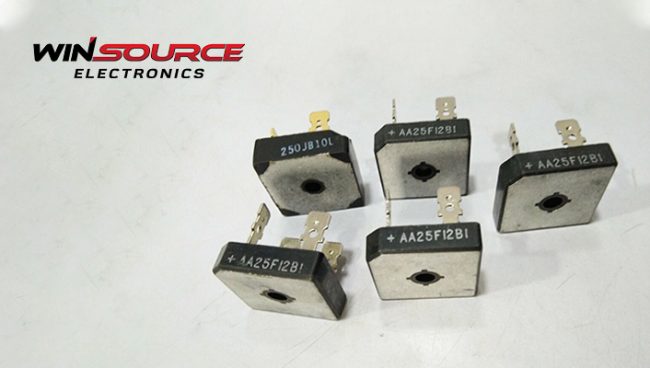
What is a rectifier?
A rectifier is an essential component in electronics, primarily used for converting alternating current (AC) to direct current (DC). This process, known as rectification, is crucial in powering devices that require a steady and unidirectional flow of electricity. The definition of a rectifier encompasses a range of devices, from simple diodes to complex rectifier circuits.
For instance, the charger of a laptop uses a rectifier to convert the AC from the wall socket into the DC required to charge the battery. This versatility makes the rectifier an indispensable component in the modern electronic world.
How does a rectifier work?
The rectifier operates on the simple yet effective principle of allowing current to flow more easily in one direction than the other. This is achieved using semiconductor devices like diodes, which are the heart of a rectifier. In a basic setup, the diode rectifier allows current to pass through during one half-cycle of the AC and blocks it in the other half-cycle, effectively converting AC to pulsating DC.
More complex rectifier circuits use multiple diodes and sometimes other components like capacitors or inductors to smooth out the output, making the DC current more stable and suitable for various applications. These advanced rectifiers are vital in ensuring that electronic devices function correctly, as they provide a stable DC power supply from the fluctuating AC mains.
What does a rectifier do?
Rectifiers are fundamental in transforming AC to DC, but their role extends beyond this basic function.
1. Power supply
In power supply units, they convert AC from the mains into DC power, which is crucial for almost all electronic devices.
2. Signal processing
They’re also integral in signal processing, especially in demodulating radio signals, where they help extract audio from the radio frequency carrier.
3. Industrial applications
In industrial settings, rectifiers are used in a range of applications, including electroplating, where they provide the necessary DC current for the deposition of metal onto an object. Their role in industrial applications underscores the importance of understanding the definition of a rectifier, as these devices are central to many processes that drive modern industry.
WIN SOURCE: understanding rectifiers
At WIN SOURCE, we specialize in demystifying complex electronic components like rectifiers. Our goal is to help you understand not just the definition of a rectifier, but also its diverse applications and types. Whether you’re a professional in the electronics field or an enthusiastic hobbyist, we provide the resources and products to enhance your understanding and use of rectifiers.
With a range of rectifier types, from single diode rectifiers for low-power needs to sophisticated bridge rectifiers for high-power applications, WIN SOURCE is your destination for all things rectifiers. Our expert team is always ready to assist in selecting the right rectifier for your specific requirements.
Visit our product store to explore our extensive range of rectifiers and learn more about how these components can be the solution to your electronic needs.
© 2025 Win Source Electronics. All rights reserved. This content is protected by copyright and may not be reproduced, distributed, transmitted, cached or otherwise used, except with the prior written permission of Win Source Electronics.

COMMENTS